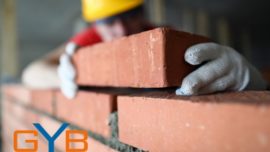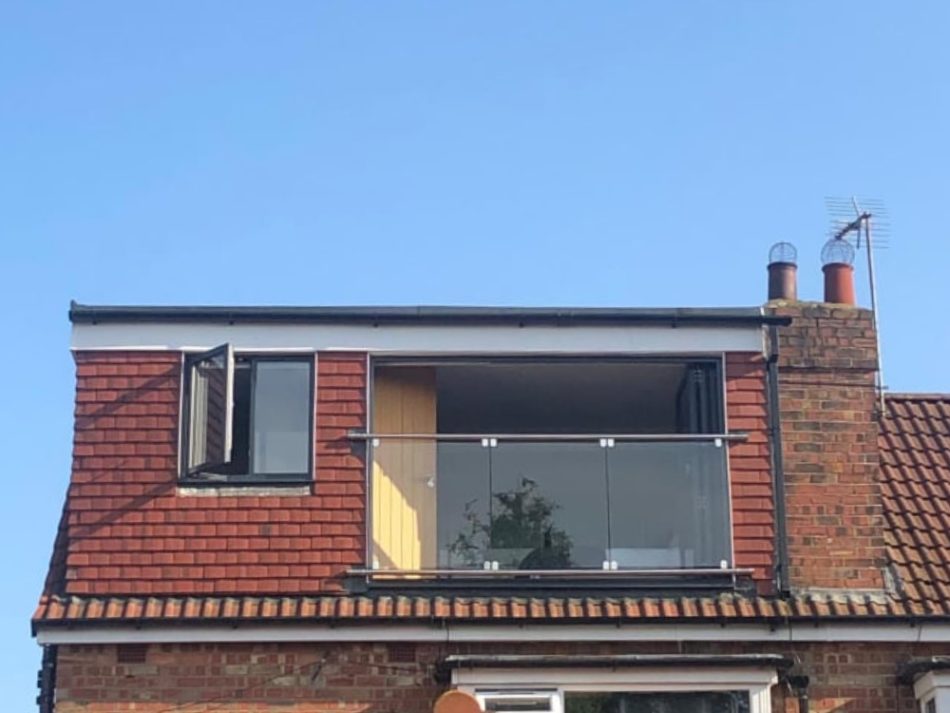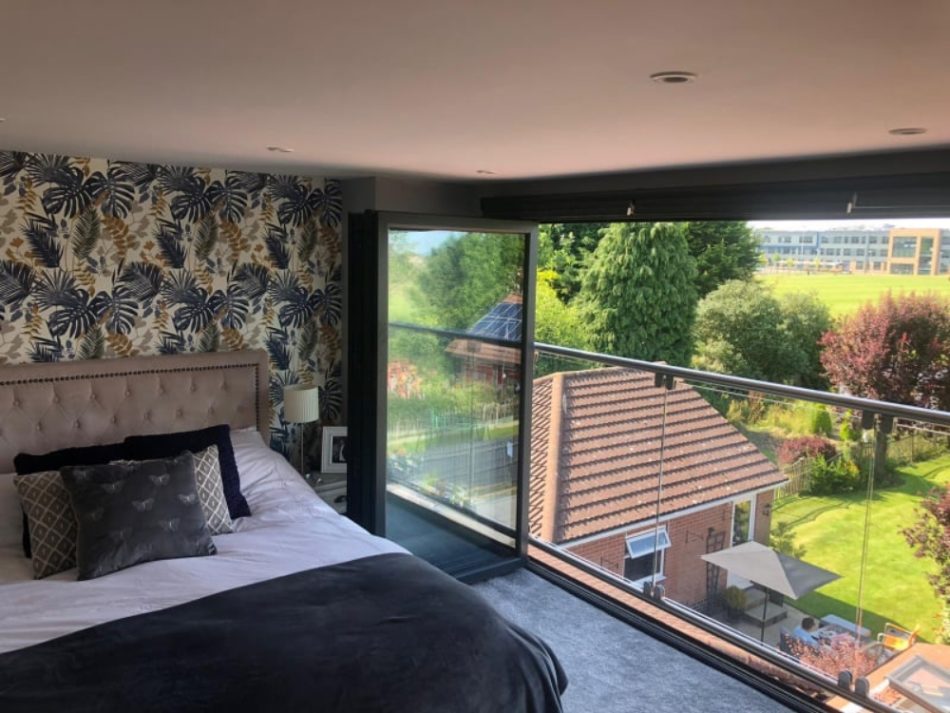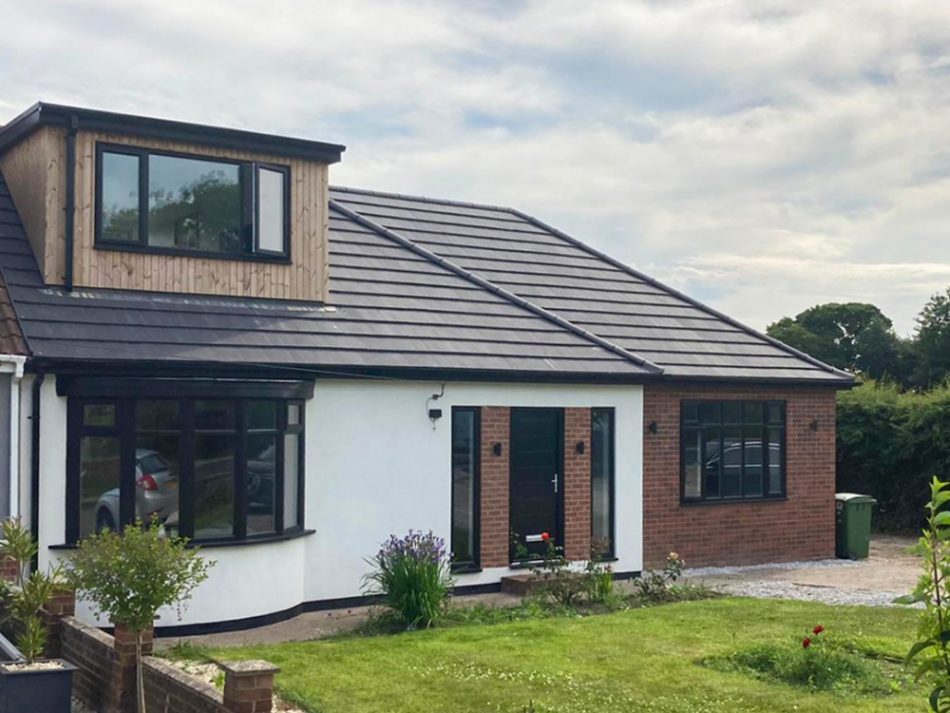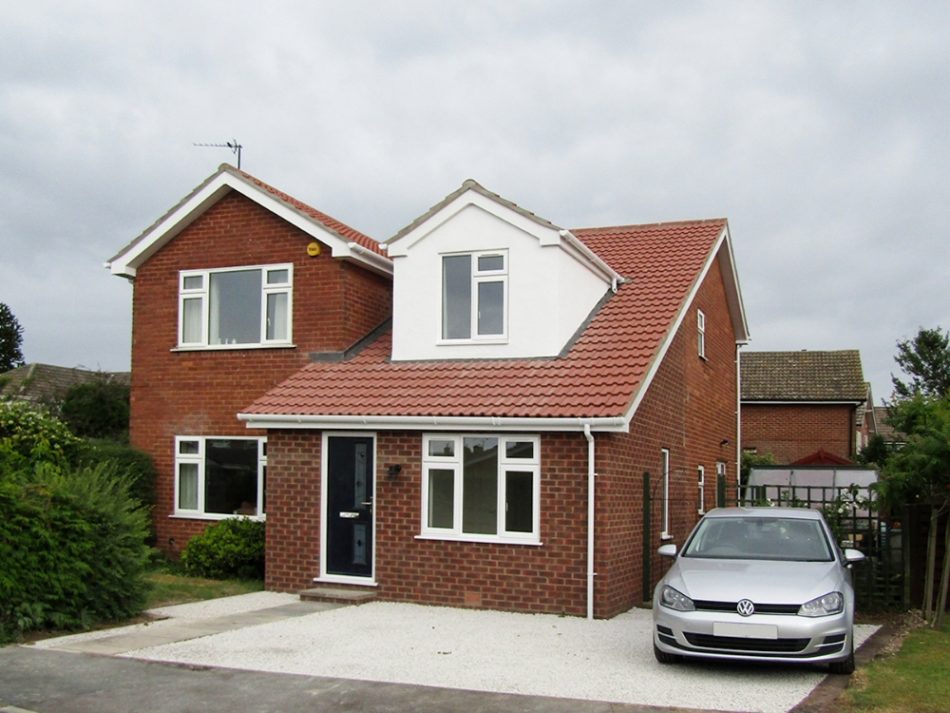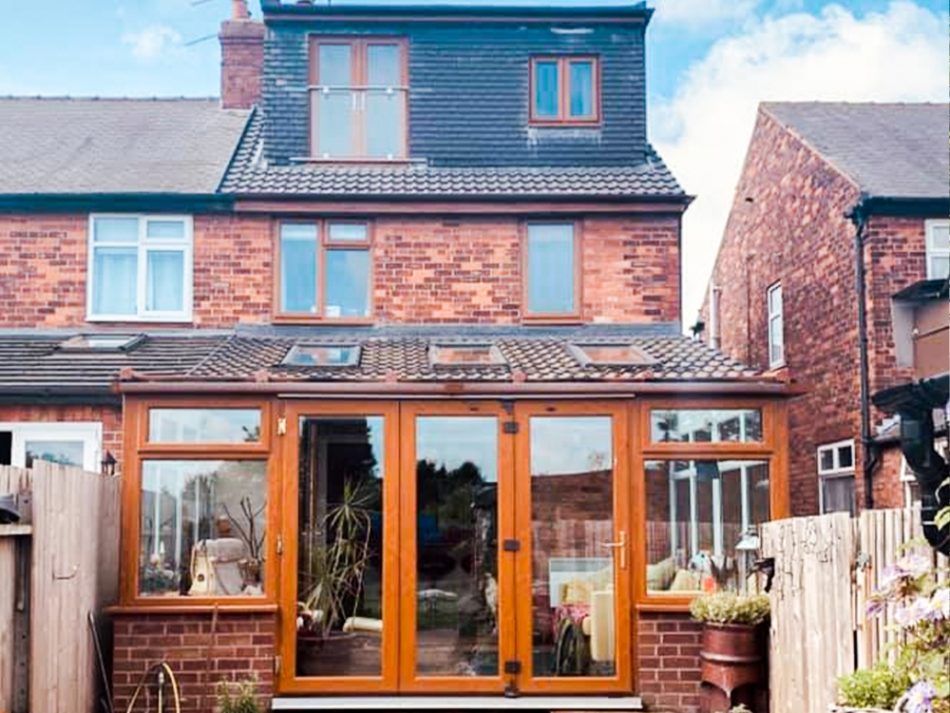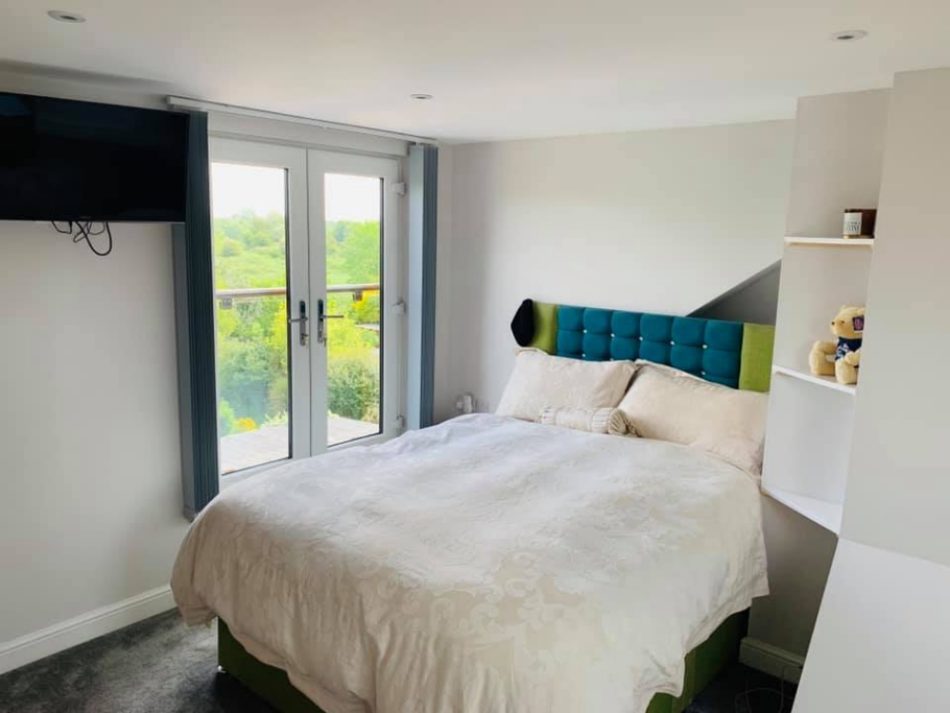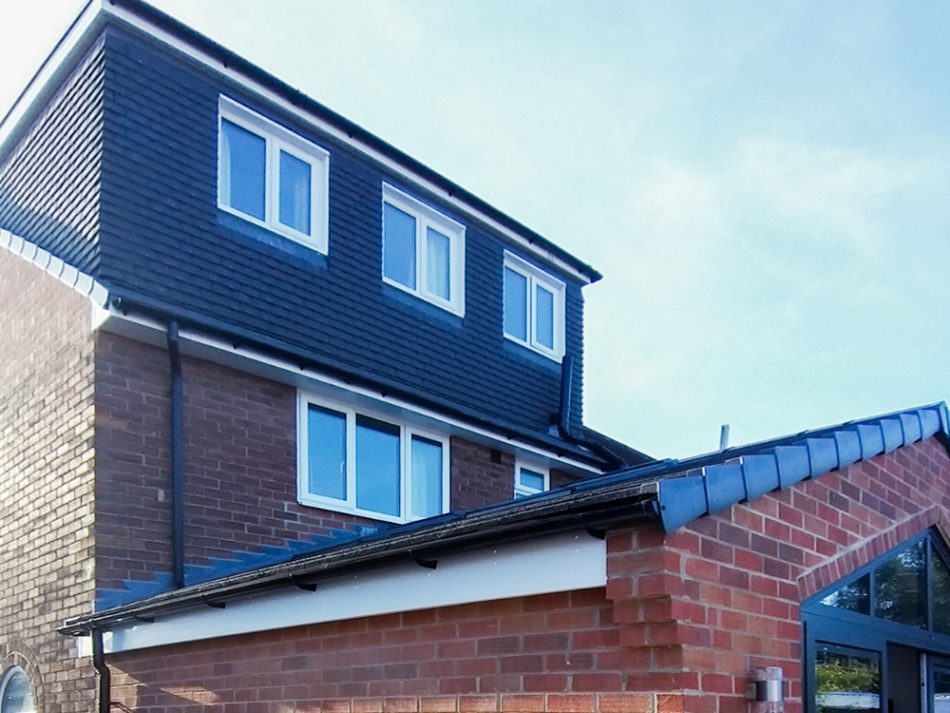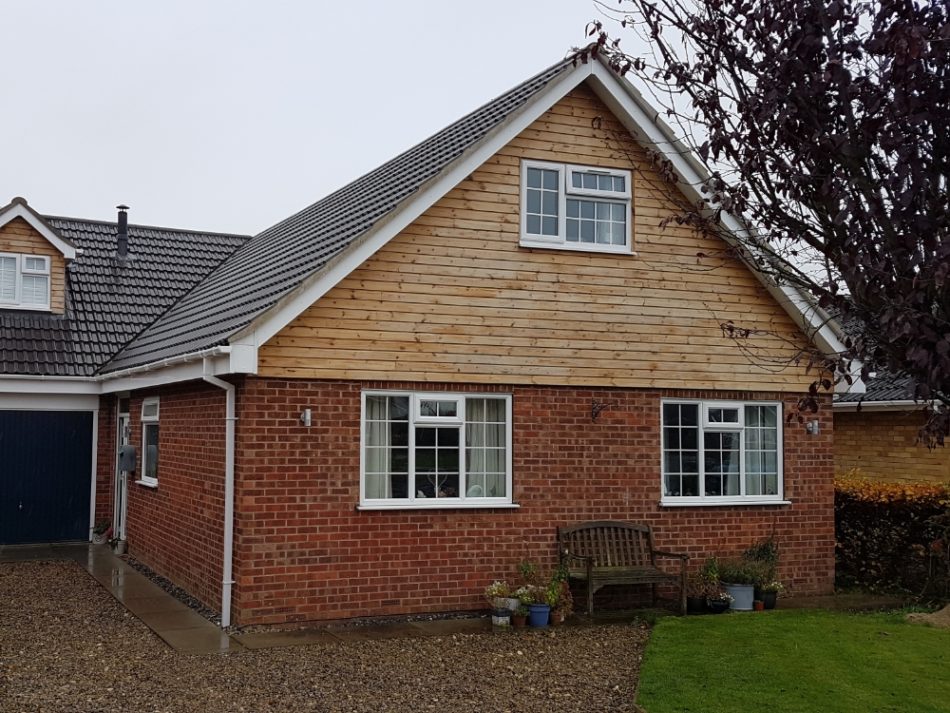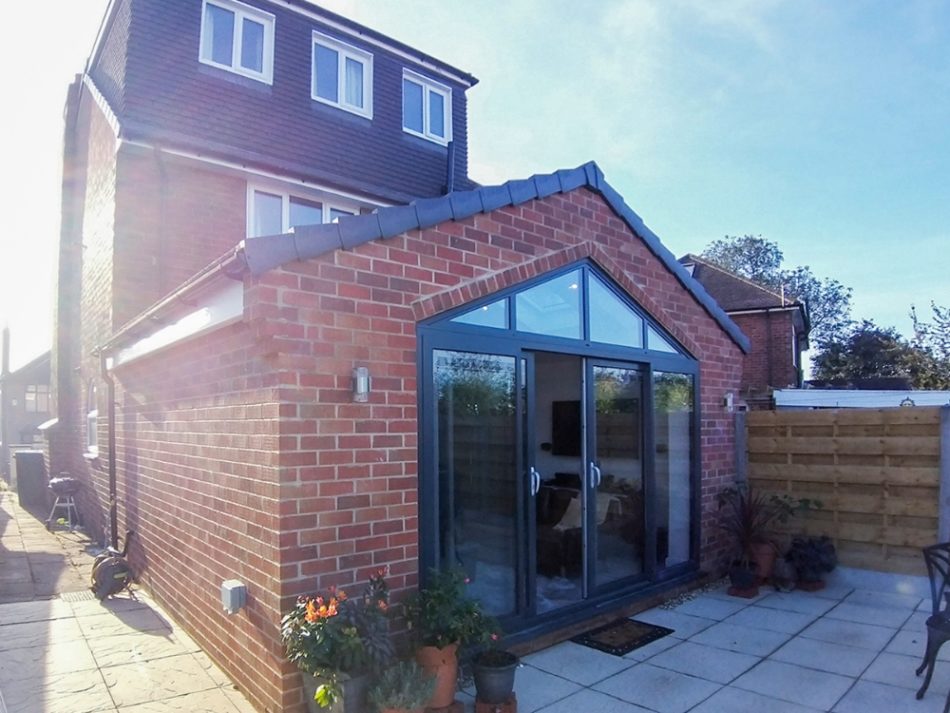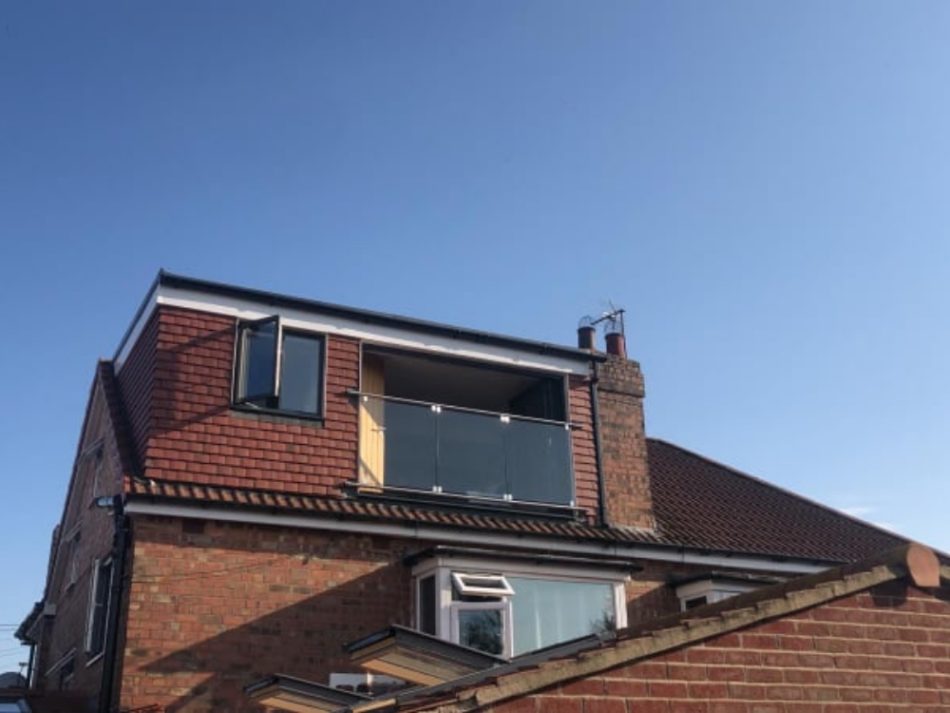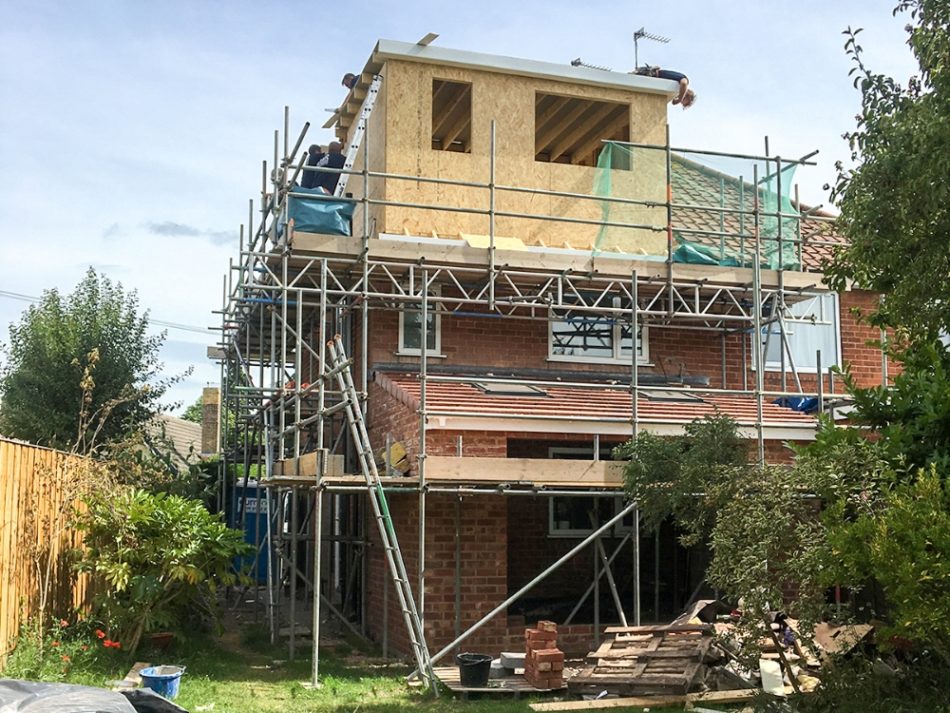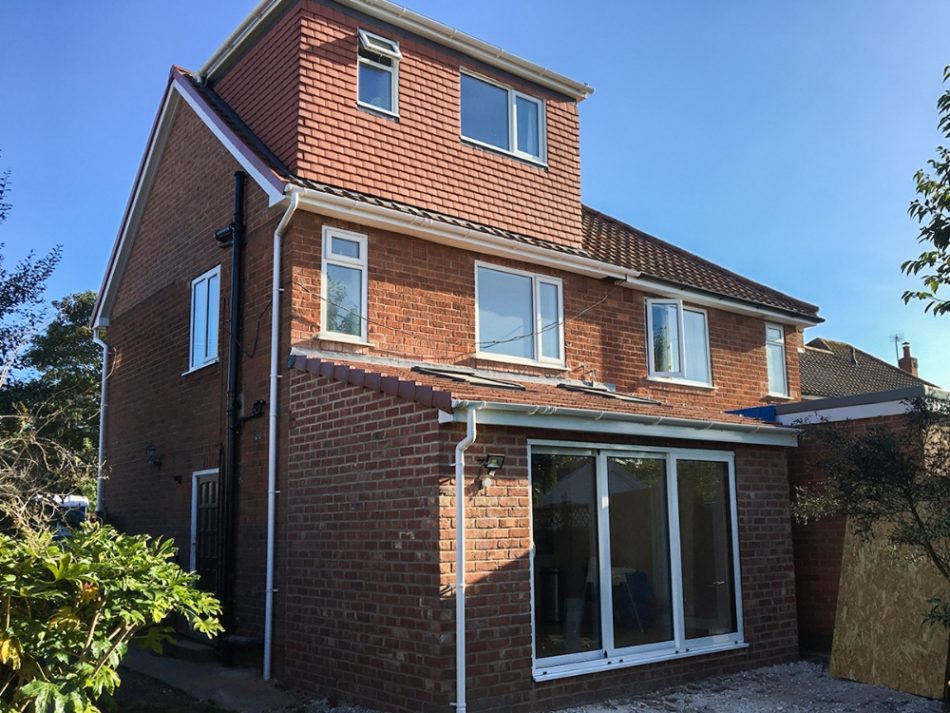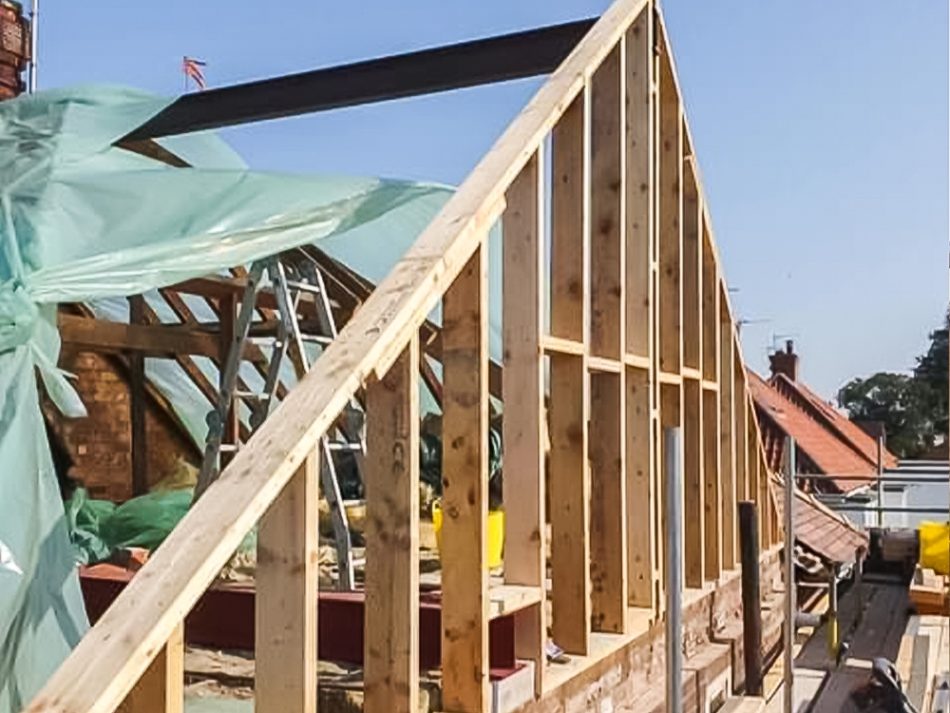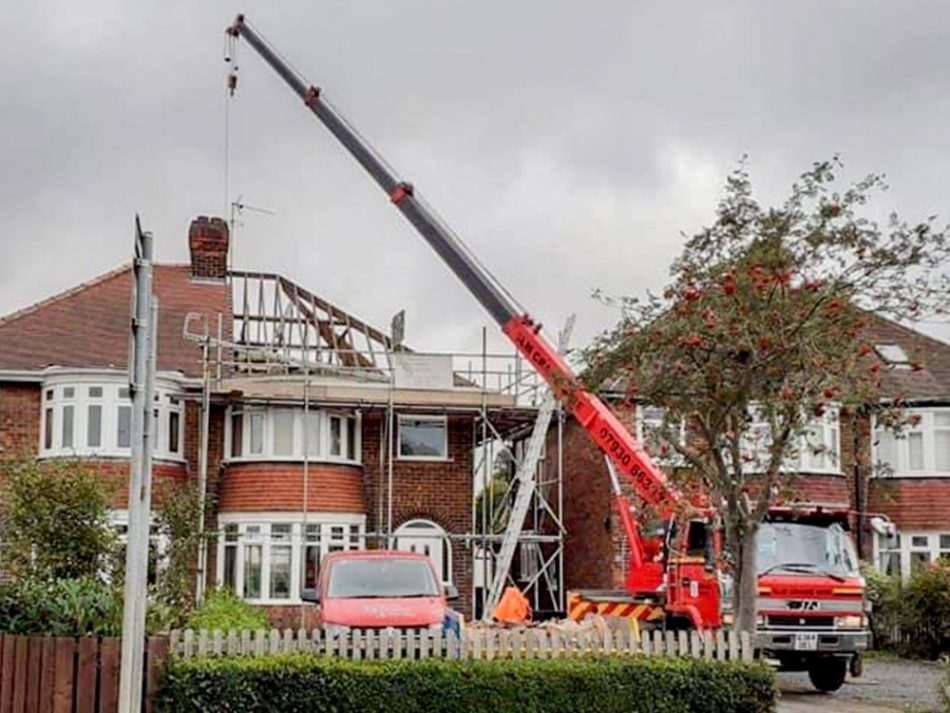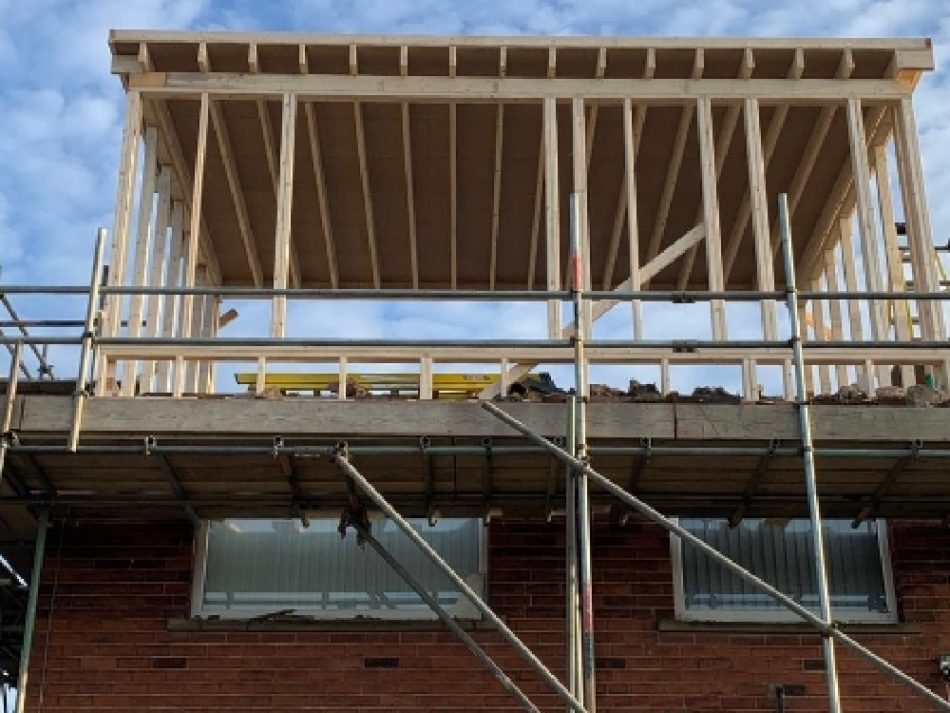Loft conversions and extensions in Leeds, Bradford, Huddersfield and Wakefield.
Loft Conversions
Loft conversions or roof extensions in Leeds can be an easy and cheap way to get extra room into your home, and we can help you do it across Leeds, Bradford, Huddersfield and Wakefield. The space is already in your home and is just waiting to be utilised. Master bedrooms with en-suite and dressing rooms, cinema rooms or relaxed spaces, or even children’s rooms can all be achieved with good architectural design. Adding a dormer roof extension can give you even more space with better headroom. CK Leeds have the knowledge and experience to turn your loft space into your dream room.
CK Architectural Leeds
How much does it cost? View our price guide and get a free quote!
Types of loft conversions/roof extensions:
General Loft Conversions
One of the simplest and cheapest ways to convert your loft is by adding a fixed staircase and velux windows. When there is ample headspace already there is no need to add a dormer or hip to gable conversion
Hip To Gable Loft Conversions
This is a popular option for detached or semi-detached properties in Leeds. A hip to gable loft conversions essentially extends your property by replacing the sloping roof with a vertical wall, also known as a gable. The space will feel more like a regular room rather than the loft space.
Dormer Loft Conversions
A dormer loft conversion is an extension to the existing roof that projects vertically from the plane of a hipped/sloping roof. A dormer will give you extra headroom, as well as creating additional floor space to make create more usable space.
Design considerations
All good designs should achieve what you need whilst being buildable in accordance with the Building Regulations and your budget. To help put that into context, some of the most common key areas to consider are:
Height is a major factor in making these rooms work as the roof pitch will generally pitch down to the floor.
We recommend that you have a minimum of 2.4 Meters (8 foot) from the top of the ceiling joist to underside of the rafters.
Staircases need 2M headroom over at least half of the tread. The new stairs will also have to form part of the escape route which needs to be protected from fire for a period of 30 minutes.
Windows can be put in the roof using velux’s, gable ends or built into a new dormer.
If you are putting a bathroom in the roof you need to think about the waste as it can be difficult to get new pipework through the floor.
On 2nd floors or rooms with a finished floor over 4.5 but under 7.5 meters you need a sealed/protected landing top or bottom.
Design options
When you have determined the best position for the stairs, landing, and structural elements, you can then begin to design the rooms. Sloping roofs can be hard to work around, but with the correct layout, they create a nice feature.
It is best to work with the shapes you have and let each room get the full triangular profile where possible. Adding a dormer can create extra space and add features to the external roof too. Be careful when choosing the material finish outside as sometimes the small dormer side/cheeks will not look good if you try matching the tiles.
The dormer is different, and you cannot always blend it in. Choose finishes that enhance the angles and make if prominent and purposeful. Velux windows are the most obvious way to light the room.
Other options are building up the gable, forming hip dormers, and in some situations putting a new roof on. Depending on the planning limitation due to the surrounding properties it may well best to put a new roof on, this can be designed around what you really want and surprisingly not much more to the build if you use attic trusses.
Click our gallery to see our built loft conversion designs in Leeds, Headingly, Holbeck, Pudsey, Morley, Castleford, Pontefract, Wakefield, Horsforth, Wetherby, Seacroft, Rothwell, Harehills, Dewsbury, Tadcaster, Garforth, Swillington and West Yorkshire.
Permitted development
Under the new permitted development right, most roof conversions can be done without the need for planning permission. If planning is required, the usual criteria and justification will have to be met. Overlooking, dominating, keeping in character, size and scale to its neighbours will be the points to consider. We will consider all planning policies both national and local before we submit any application, so you have the very best chance of success.
To find out more about planning read our planning permission guide.
Permitted development requirements
A loft conversion for your house is considered to be permitted development, not requiring an application for planning permission, subject to the following limits and conditions:
- A volume allowance of 40 cubic metres additional roof space for terraced houses.
- A volume allowance of 50 cubic metres additional roof space for detached and semi-detached houses.
- No extension beyond the plane of the existing roof slope of the principal elevation that fronts the highway.
- No extension to be higher than the highest part of the roof.
- Materials to be similar in appearance to the existing house.
- No verandas, balconies or raised platforms.
- Side-facing windows to be obscure-glazed; any opening to be 1.7m above the floor.
- Roof extensions not to be permitted development in designated areas**
- Roof extensions, apart from hip to gable ones, to be set back, as far as practicable, at least 20cm from the original eaves.
- The roof enlargement cannot overhang the outer face of the wall of the original house.
Building regulations
You will always need a building control certificate for any changes to the roof, especially when creating habitable rooms like bedrooms. When designing a roof, your architect or architectural designer must consider the following:
Structure; the new floor joists and roof will need to be supported; this is generally done via steel beams designed by an engineer.
A protected fire route must be provided, this is 30 minutes all the way down to the final exit, existing doors will need upgrading to fire doors.
Detection and sounded alarms will be required and need to be interlinked.
The stairs will need sufficient headroom 2.0M and not be too steep (under 42 degrees).
Reasonable sound insulation between the conversion and the rooms below.
All the designs we present to you will be with the intension of passing building regulations and be buildable.
Find more information on Building Regulations in our guide.
Building and builders
Most of the work in roof conversions is in the roof, however, when the new stairs go in there will certainly be a dirty period when it advisable to move out if you can. Once you have your detailed drawing approved it is time to get some prices. We can recommend you use builders we trust. There are specialist roof conversion companies out there, but with detailed drawings, most competent builders can do the job. We advise that any quotation you consider will be written up clearly and well detailed. Both you and your builder need to know exactly what is included in the price or disagreements will occur at the messy end of the project. We have extensive on-site knowledge and work closely so we will always advise where we think areas need exploring or issues may arise. We advise that you use our drawings in line with the quotation and any additional information we don’t provide such as plumbing and electrics is agreed in detail before the first fix goes in. it will be a costly changing thing once the initial preparation has been built. We offer help throughout for both you and the builder, we will come to the site if help is required.
Project management
Project Management is quickly becoming a regularly requested service for loft conversions and roof extensions. For some the thought of the building work, dealing directly with builders and contracts can be a daunting experience. Having an architect or architectural designer to project manage your build will ultimately take away much of the stress and concern. A project manager will minimize any concerns by applying an organised system that will ensure all the required processes and targets are achieved in the correct order and time on site. As a project manager, we will provide vision and direction in your build. Typical responsibilities are planning, executing, and signing off projects, after defining the project, tendering, developing and implementing the staged work plan to budget.


